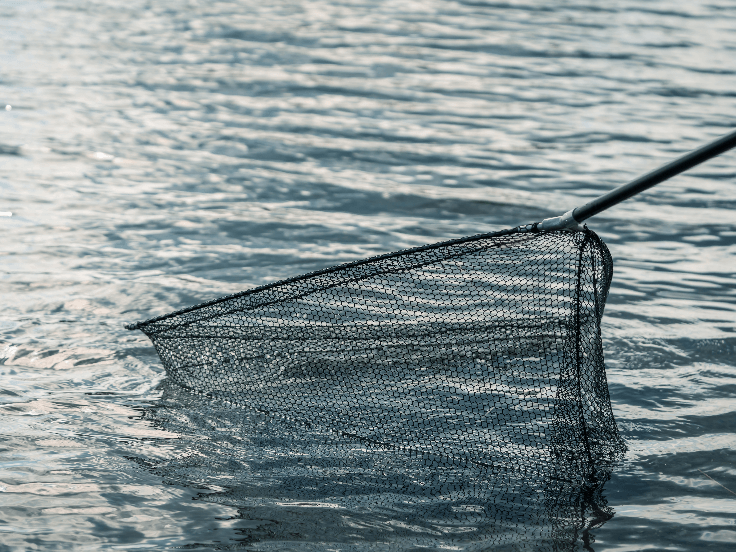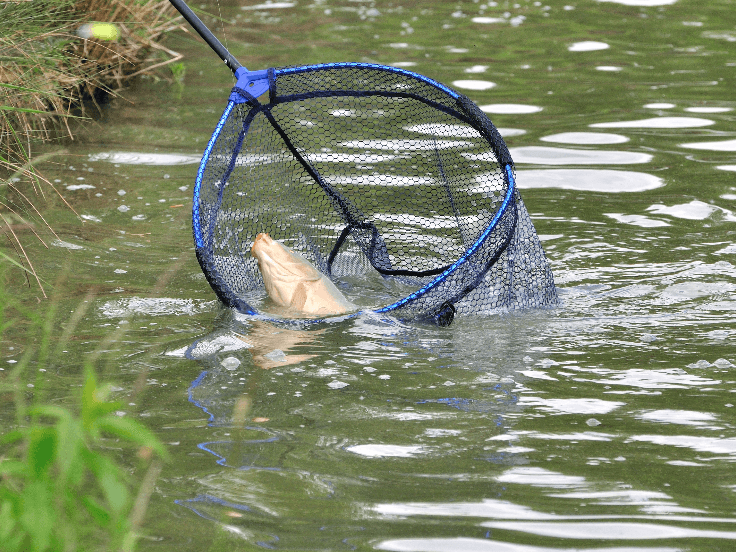Fishing enthusiasts often wonder about the proper use of landing nets and whether they can be employed to catch carnivorous fish. This article aims to clarify the purpose of landing nets, their components, and the regulations surrounding their use.

What is a Landing Net?
A landing net is a crucial tool in fishing, designed to assist anglers in handling and securing their catch. While fishing with a landing net is prohibited in freshwater, it remains an essential accessory for responsible fishing practices. Landing nets typically consist of:
- A round, oval, or rectangular opening.
- A net made of nylon, fabric, or rubber mesh with variable depth.
- A handle of adjustable or telescopic length.
Various models cater to different fishing techniques and fish types, such as carp, pike, perch, pike-perch, trout, and black bass.
For anglers using float tubes, a landing net with a short handle is recommended to minimize space requirements. Specialized features, like magnets, can keep the net attached to the float tube, serving multiple purposes, including use as a livewell for perch. Long-handled landing nets are preferable for shore fishing, allowing anglers to easily wear down their catch from the docks or the shore.

Why is Fishing with Landing Nets Prohibited?
Fishing with landing nets is forbidden in freshwater across France due to environmental concerns. This prohibition aims to prevent damage to certain fish species and their habitats. Using a landing net improperly can lead to:
- Crushing fish and causing damage to their scales and mucus.
- Agitating and stressing fish, increasing the risk of injury.
- Disturbing sediment and destroying grass beds crucial for micro-organisms supporting small fish growth.
Exploring Alternatives
Instead of using landing nets, anglers in France have a myriad of alternative fishing techniques to choose from. Fishing lines with sophisticated rigs and an array of lures tailored to different predators offer exciting alternatives. When obtaining a fishing license, it is crucial to thoroughly review the rules and regulations provided by national and departmental fishing federations, considering the specific variations within each département. In some “No Kill” fishing areas, additional restrictions may apply, such as the prohibition of barbs on hooks or treble hooks. Understanding and adhering to these regulations ensures responsible and sustainable angling practices.
Images/Source: leurredelapeche





